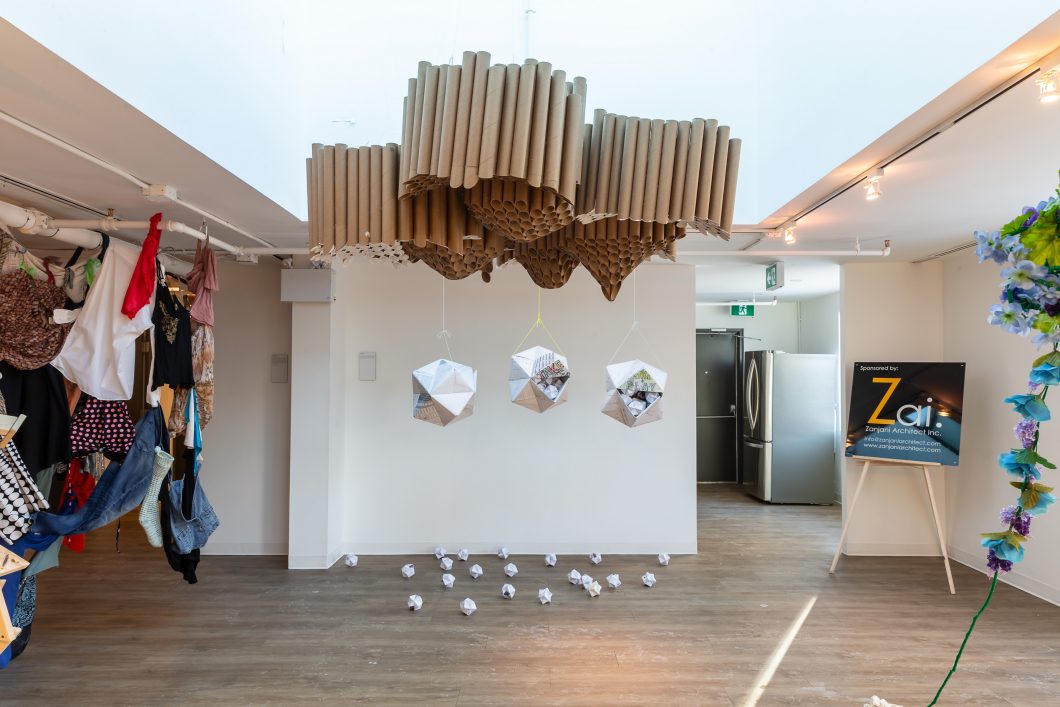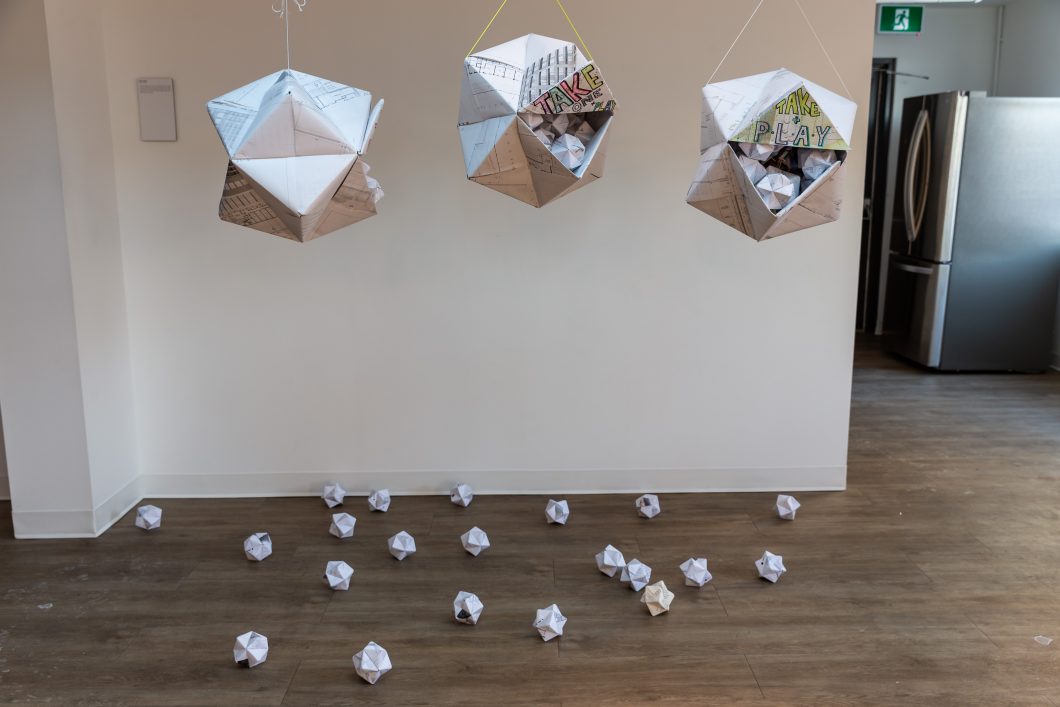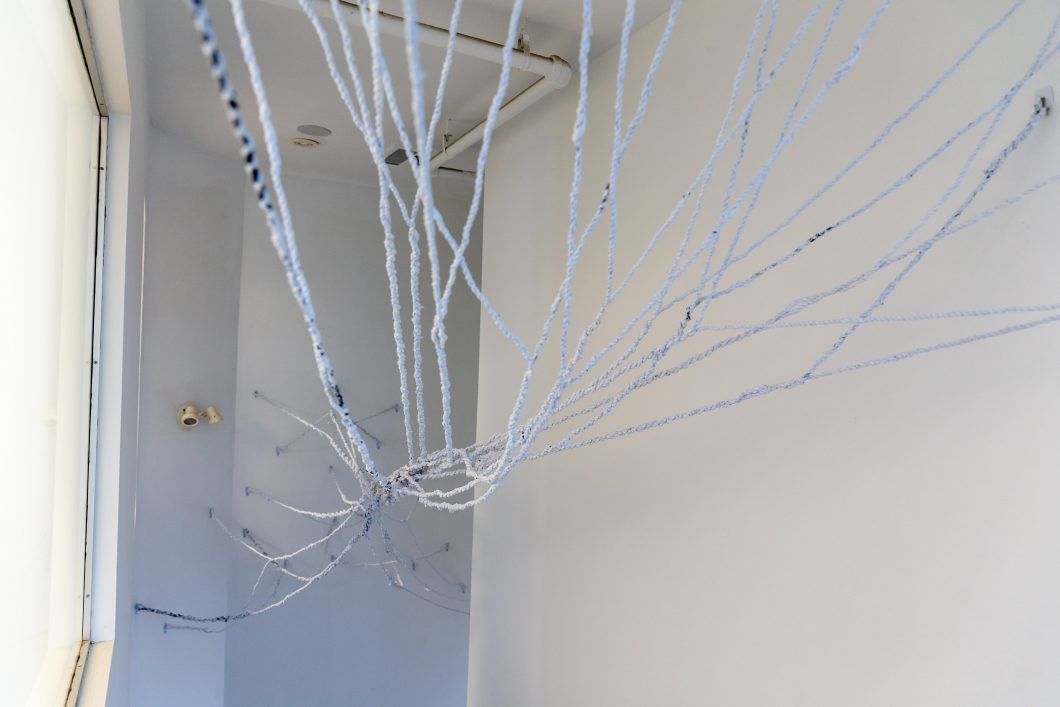Culture
January 23, 2019
Spotlight: Pulp’s Rotem Yaniv on Creating with Reclaimed Material
The DesignTO Festival (formerly the Toronto Design Offsite Festival) returns to #YongeStClair from January 18 – 27th, 2019. The event features 10 days of art and festival programming anchored by immersive installations designed by local artists, architects, and design firms.
We spoke with Rotem Yaniv, Director of PULP: Reclaimed Materials Art and Design, on how his team of artist have brought recycled materials to life at the Delisle Space (1 Delisle Ave) for PULP: Exhibit + Home.
Can you describe PULP and why you wanted to get involved with DesignTO at Yonge + St. Clair?
PULP: Reclaimed Materials Art and Design is a Toronto based not-for-profit corporation set to encourage community building and environmental awareness. In the fall of 2018, PULP, The Delisle Space, and Yonge + St. Clair began collaborating on PULP : art party and its continuing exhibit during DesignTO. We were very excited to work with a beautiful venue just across the street from a subway station. We were thrilled to be part of the artistic expression happening at Yonge + St. Clair, pieces like Equilibrium and the Tunnel of Glam , and now PULP: Exhibit + Home, in collaboration with At Odds Collective.
Can you describe the installations and how they came about?

Another piece is Sky-scrapper by Daemon K Retren and Hillary Predko which consists of Pre-cut and drilled geometric shapes made of scrap wood are provided for a playful sandbox experience. Guests at the exhibit are encouraged to take existing constructions apart and create their own. Then there is Fated Forest by Alisha Sunderji and Brianna Smrke (A_B Collective). This piece invites participants to sift through old National Geographic magazines and add to a hanging, kaleidoscopic forest of mini-collages. Each floating leaf in the forest will capture different views of the past, present or future of someone’s life or the state of the world. Guests entering The Delisle Space will pass through Ksenija Spasic’s jelly fish made of old tomato cages and printed mylar, followed by paper ropes woven by Mona Dai and Evan Brock and hung above the stairs.

Among other pieces are an 11′ tensegrity structure by Ron Wild and David Brown, a Threaded Vortex made of old cloths by Tamara Navarrete, a Cardboard Cathedra by Jason Bond, Semi-translucent walls of coloured light on wheels by Jazmine Yerbury, a Recycled Quilt by Lynn Mona, Paper Poppers by Nancy Nguyen, and Adhacks by Stephanie Avery (you’ll have to come to The Delisle Space to discover what those are, or read about them on our art page!)

Before and during the exhibit, At Odds Collective will be at the space creating sculptures out of reused materials which represent how we build ourselves up in the present using pieces of our past : a survivor sewing themselves back together after having dissolved into a storm of flowers; a lonely lover made of past love letters; a traveller made into a library of past treasures; a bowing child holding up a new knick knack to be taken by the person viewing the piece, always replaced by another collected piece to lose.The PULP exhibit will slowly get populated with little sculptures engaging with the installations. At Odds Collective is made of Enrique Gaudite, krivvy, Natascha Malta, and Sylvia Thorn.


